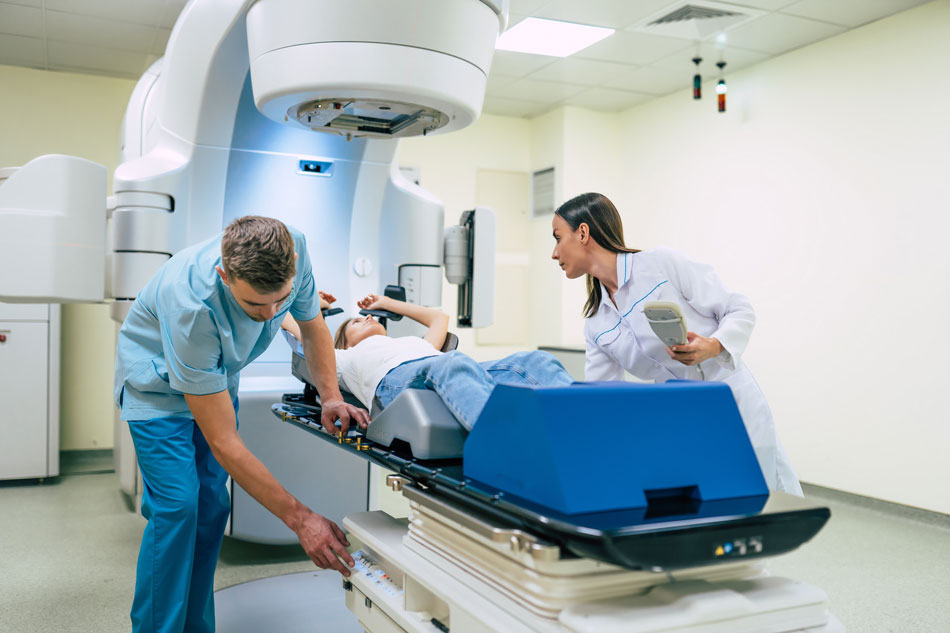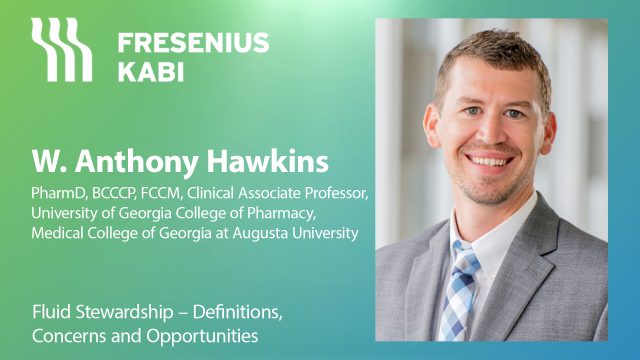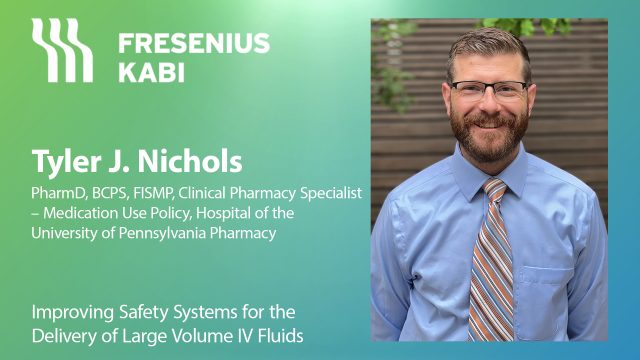Advertisment
Shorter course of radiation therapy is safe for patients with early-stage breast cancer who have undergone mastectomy and reconstruction

Researchers at Dana-Farber Brigham Cancer Center have found that a shorter course of radiation therapy after mastectomy and breast reconstruction surgery provides the same protection against breast cancer recurrence and equivalent physical side-effects but substantially reduces life disruption and financial burden for patients.
The results of the multicenter randomized clinical trial – the FABREC Study (Hypofractionated versus Conventionally Fractionated Postmastectomy Radiation Therapy After Implant-Based Reconstruction) – were presented at the American Society for Radiation Oncology (ASTRO) annual meeting in San Diego, CA, on October 1, 2023, and will be featured in a news briefing.
Hypofractionated radiation therapy provides a higher dose of radiation in each session and is completed in three weeks while conventional radiation therapy delivers a lower dose over five weeks. This is the first randomized trial comparing a three-week course of radiation therapy to a five-week course in patients with breast cancer who have had a mastectomy with immediate reconstruction.
“Our trial results suggest that hypofractionation can safely be used in this setting without compromising efficacy or increasing side effects,” says senior author Rinaa S. Punglia, MD, MPH, a radiation oncologist at Dana-Farber Brigham Cancer Center. “Reducing the requirement to three weeks of radiation therapy would be a significant improvement in the quality of our patients’ lives.”
Many patients with breast cancer opt for a mastectomy to reduce the chances of cancer recurrence. For one in three of these patients, postmastectomy radiation therapy is recommended to further reduce the chance of recurrence.
More and more women opt for implant-based reconstruction to be done as part of the mastectomy. However, radiation therapy increases the risk of complications with the breast reconstruction, including an increased risk of infection, and cosmetic risks such as the formation of scar tissue around the breast that causes hardness and asymmetry.
“We know that radiation can cause unwanted changes to cosmetic results in patients who have mastectomy and reconstruction,” says first author Julia S. Wong, MD, a radiation oncologist at Dana-Farber Brigham Cancer Center. “With this trial we were looking for a way to improve quality of life and cosmetic results without sacrificing efficacy.”
To compare the short and long courses of radiation therapy in the mastectomy setting, the investigators recruited 400 patients with stage 0 to III breast cancer who were treated with mastectomy and immediate implant-based radiation and who required post-surgical radiation therapy. They followed the patients for a median of 40 months to track recurrence and radiation related side effects.
They also evaluated patient-reported outcomes, including physical wellbeing, using the FACT-B patient reporting tool six months after radiation treatment. The tool asks patients to gauge how they feel physically, emotionally, socially, and functionally and reports a composite score.
Oncologic outcomes were very similar between the two groups, with comparable numbers of patients experiencing recurrence after a median of 40 months of follow-up. Radiation related side-effects were also similar.
The patient-reported improvement in physical well-being assessment, the study’s primary endpoint, was also similar between the two treatment groups, suggesting that the shorter course of treatment did not lead to a larger improvement in quality of life. Among patients younger than 45, there was a small but statistically significant benefit in physical well-being for those who received the short course radiation therapy at the 6-month timepoint.
The shorter course of radiation therapy did, however, reduce the burden on patients’ time and finances.
“The difference between three weeks and five weeks presents a significant improvement in the quality of our patients’ lives in terms of the disruption of their work, family, social, and financial lives,” says Wong.
For example, among those patients in the study who took unpaid time off from work for treatment, those undergoing the short course of radiation therapy required 73.7 hours of unpaid leave, while those undergoing the longer course required 125.8 hours. In previous surveys, patients receiving a five-week course of radiation therapy have noted the burden of the schedule on their time and finances.
Further, fewer patients receiving the shorter course of radiation therapy missed a day of therapy. Interruptions in radiation can lead to worse outcomes.
“These patients have already had so much treatment, including chemotherapy and a lot of surgery,” says Punglia. “They underscored for us in survey responses how onerous it was for them to have five weeks of treatment.”
In future studies, the team will continue to explore even shorter courses of radiation therapy and novel forms of radiation therapy in a continued effort to reduce the burden of treatment without compromising efficacy.
This research was funded through a Patient-Centered Outcomes Research Institute (PCORI) Award (CER-1609-36063).
Punglia will discuss the FABREC study (LBA 05) in an ASTRO news briefing at the San Diego Convention Center and via live webcast. The briefing is scheduled for Monday, October 2nd, 2:00-3:00pm ET. More information at www.astro.org/annualmeetingpress.





